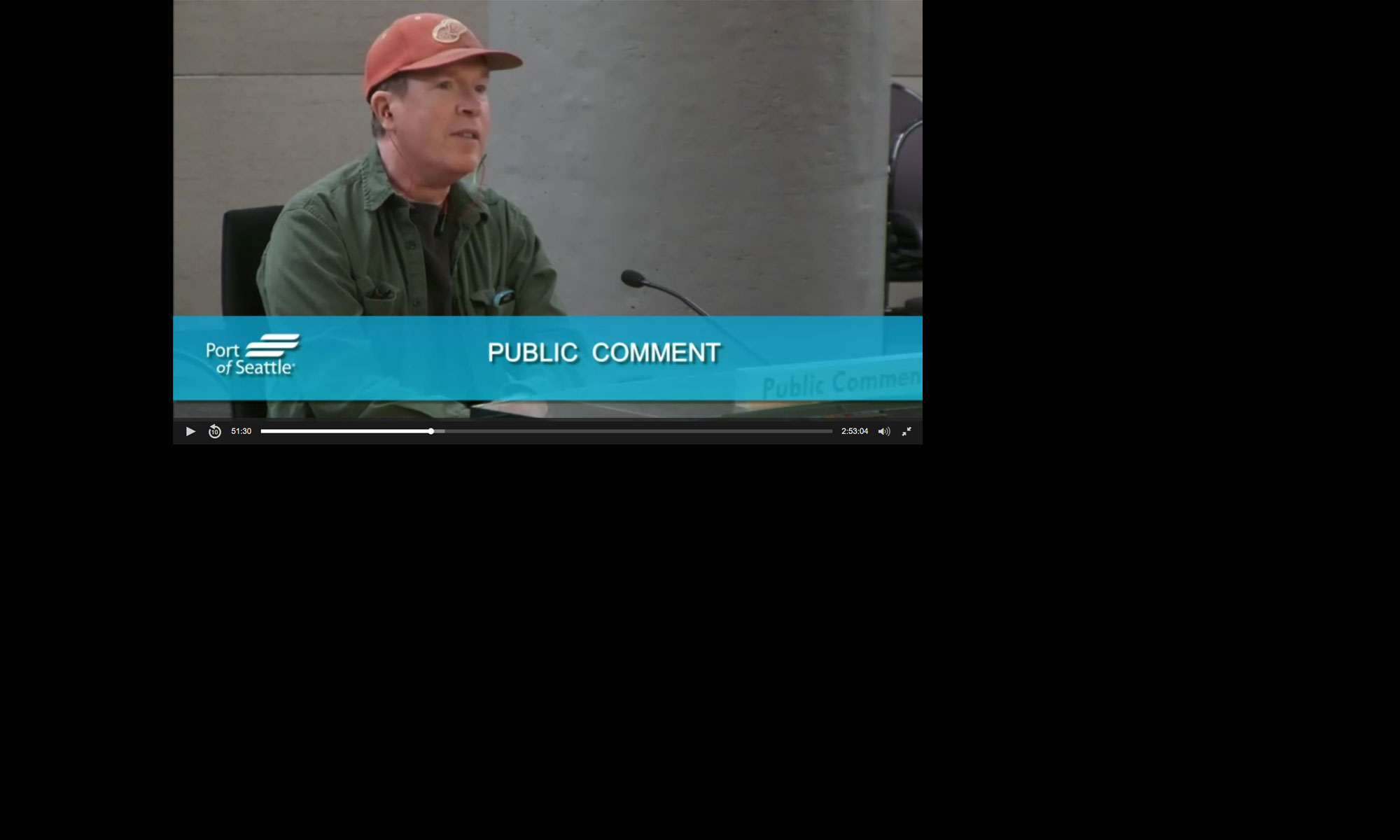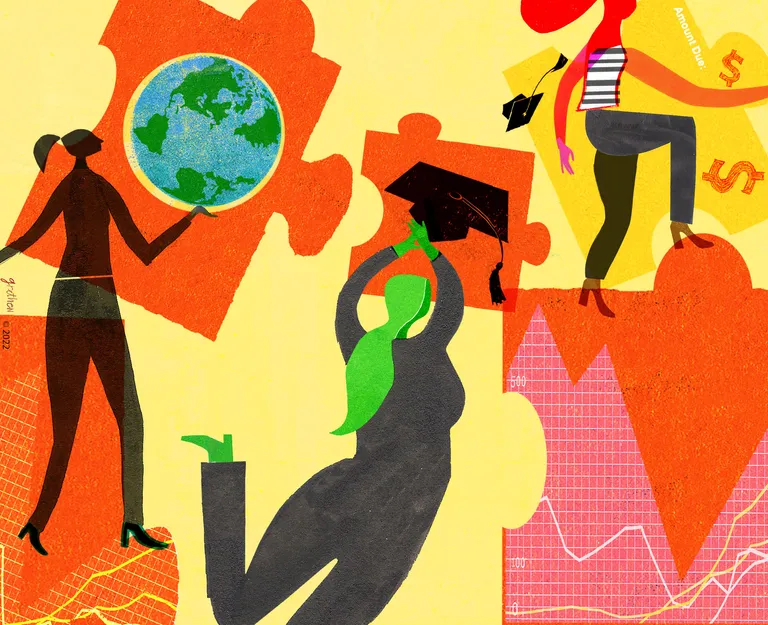Seven years ago, a group of prominent Washington business leaders known as the Washington Roundtable crunched the data and announced that young people would need to beef up their post-high school game significantly to participate in this state’s booming high-tech economy.
Assessing their own industries, the business leaders — including CEOs from Nintendo, Russell Investments, Microsoft and Premera Blue Cross — forecast that by 2030, 70% of jobs in this state would require either a college degree, professional license or industry-aligned certificate. That was in 2016, when Washington was importing more employees with bachelor’s degrees than any other state because our own homegrown workers did not have the necessary skills.
At the time, only 40% of young people in Washington were earning any kind of degree or credential after high school. Schools, families and state government understood the need to raise that figure, and steadily more students began to enroll in college or training programs.
The pandemic stopped that momentum cold.
Between 2019 and 2022, 70,000 fewer students enrolled in technical and community colleges or four-year institutions. It’s as if the populations of Issaquah and SeaTac walked away from higher education en masse. Today, Washington is back down to the 40% post-high school credential rate that originally prompted business leaders to sound the alarm.
“Depressing,” said a Roundtable board member upon hearing this news.
“A disaster,” responded the group’s president, Steve Mullin.
The drop-off is concentrated among low-income and students of color, which only perpetuates future income disparities. The Roundtable’s analysis shows that of all the kids who started ninth grade in 2017, less than a third of the Native American, Latino and Black students in that group will earn a credential by 26.
With jobs plentiful and the minimum wage higher than ever, it’s understandable that young people might see postsecondary degrees as unnecessary. But a $20-an-hour service-sector gig, which might look good when you’re 18, won’t offer much chance of career advancement.
It’s time for schools to get real about that message, and for Washington’s education system to promote structural answers that can guide more kids into post-high school training. That means building robust partnerships between K-12 school districts and colleges, making it easier for students to apply — and even register for classes — before they’ve graduated high school, as happens in Chehalis.
It also calls for an all-out effort to educate more families about Washington’s generous College Grant program, which offers substantial aid — for career training as well as college — to students in households earning up to $112,500.
In many ways, this is a golden moment for young people. Never in Washington’s history has there been so much state-funded financial aid available. That makes it a great time for students to take advantage and vault themselves onto an upward trajectory.
The Seattle Times editorial board members are editorial page editor Kate Riley, Frank A. Blethen, Melissa Davis, Alex Fryer, Claudia Rowe, Carlton Winfrey and William K. Blethen (emeritus).



